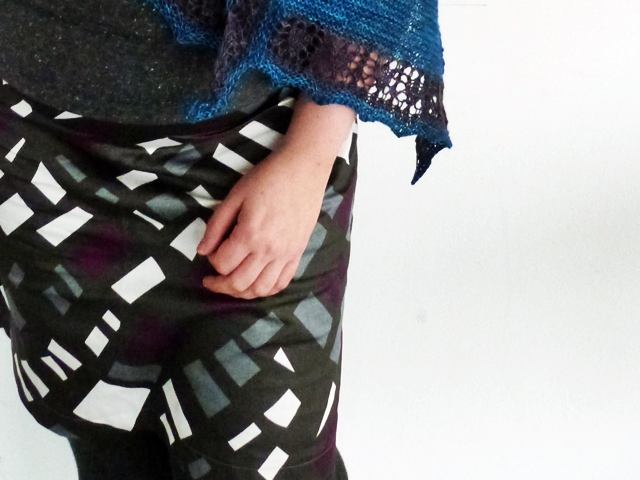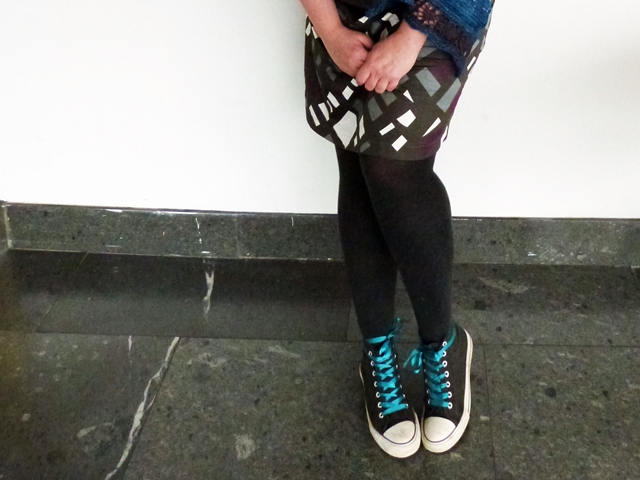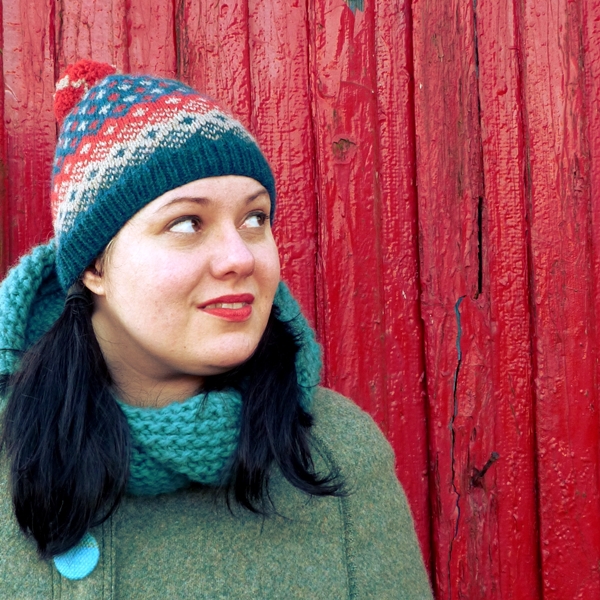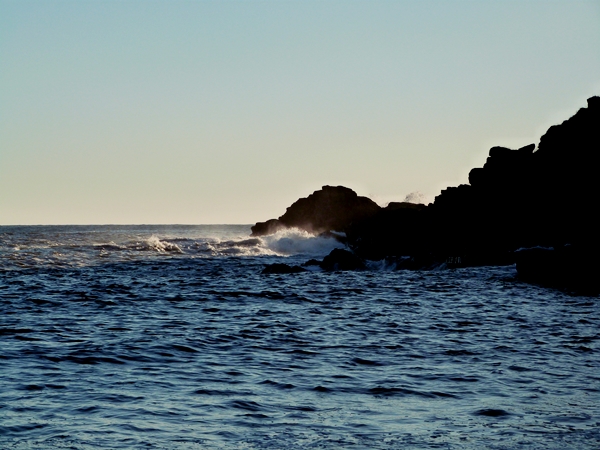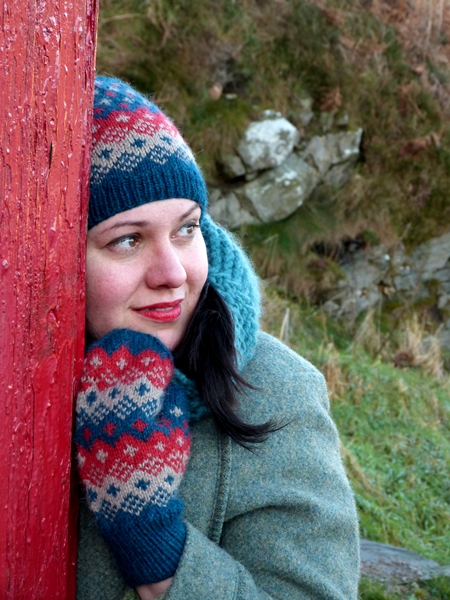 The first artist in my Authors & Artists series is Frances Macdonald McNair (1873-1921). She was born in England and attended the prestigious Glasgow School of Art with her sister, Margaret. Frances and Margaret became part of a creative collective known as The Glasgow Four together with Charles Rennie Mackintosh and James Herbert McNair. Their work was multi-disciplinary (though that concept didn't exist then): painting, furniture design, architecture, textiles and metalwork. Margaret Macdonald married Charles Rennie; Frances married J. Herbert McNair. The future was bright.
The first artist in my Authors & Artists series is Frances Macdonald McNair (1873-1921). She was born in England and attended the prestigious Glasgow School of Art with her sister, Margaret. Frances and Margaret became part of a creative collective known as The Glasgow Four together with Charles Rennie Mackintosh and James Herbert McNair. Their work was multi-disciplinary (though that concept didn't exist then): painting, furniture design, architecture, textiles and metalwork. Margaret Macdonald married Charles Rennie; Frances married J. Herbert McNair. The future was bright.
Charles would go on to be an incredibly influential architect. He was lauded across Europe and influenced Gustav Klimt in Vienna. His wife collaborated with him extensively. Today the Charles Rennie Mackintosh Society is dedicated to preserving his heritage (just a hop & a skip from where I am typing this!) and he was commemorated on a series of bank notes in 2008.
The McNairs led an unhappy life, however. They had exhibited across Europe in the early 1900s but just a decade later, everything was in tatters. McNair’s family had some financial misfortunes, he started drinking, and his career stalled. Frances suppressed her own career in order to help Herbert with his. She had his son, left the marriage briefly but returned before dying at the age of 48. It is notable that even as Herbert McNair stopped producing art (around 1911), Frances kept painting.
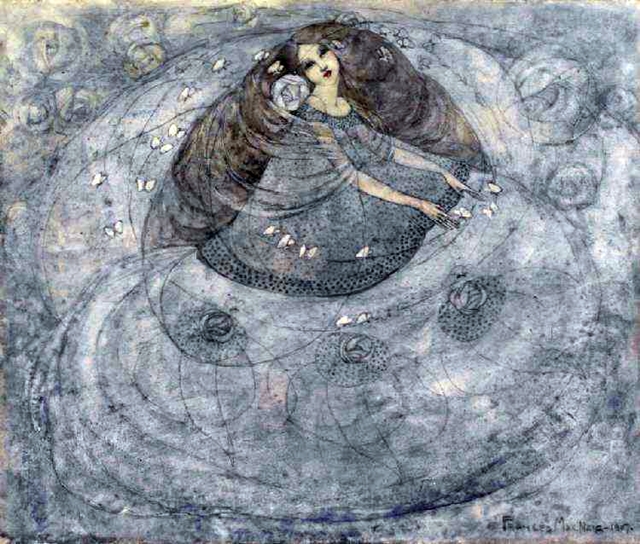
This watercolour dates from when life started wobbling - 1907 - and is entitled Girl & Butterflies.

This is called Woman Standing Behind the Sun. It was painted sometime between 1912 and 1915 - when Herbert's career was in serious decline, their marriage mostly over, and Frances was looking after their child. The symbolism is fairly clear.
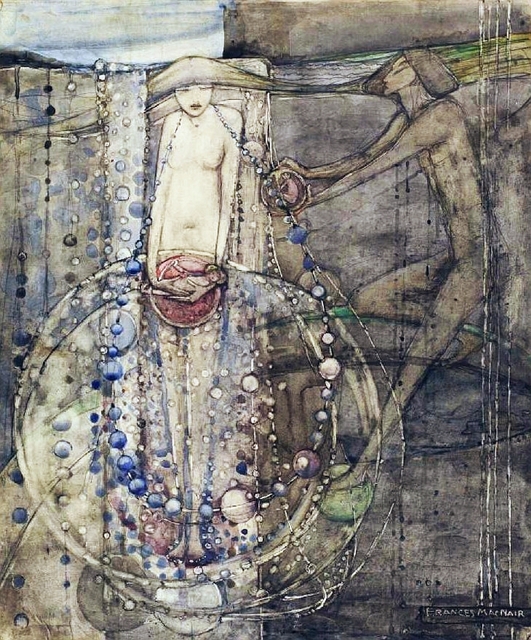
This is the amazingly named Man Makes the Beads of Life but Woman Must Thread Them - again painted sometime between 1912 and 1915. I'm not a psychologist, but I think we can agree on the anger emanating from this painting.
I find Frances really, really interesting. She is an artist that seems almost unbearably twee with faerie princesses, butterflies, bows, gauzy dresses and long flowing locks of hair - but if you scratch the surface you find serious thoughts on women's rights, motherhood, society, and (lack of) equality. Even her early art asks questions about identity: who am I as an artist, why am I being defined by men, how can I break free? Her later art is more outspoken and confrontational - it is as though Frances decided to cast off her mask. Her late watercolours show near-nightmares of darkness crashing against frail female bodies - as an artist she was very much rooted in the Symbolist art movement.
Herbert McNair destroyed most of Frances Macdonald McNair's work after her death. I presume her work did not depict him in a particularly flattering light.

Bow, Beads, Birds (1911)
I celebrate Frances. She was struggling to be an artist on her terms; her art shows a woman grappling with huge topics, and her having a very limited outlet for her struggles. We are still struggling to be heard and we are still struggling to be taken serious. We are still defined by men and we are still expected to conform to society's expectations.
So, Frances Herself. I struggled to name the shawl but ultimately it is about Frances herself - and by extension our right to be ourselves no matter who we are. This is already a very long post - and I like leaving this celebration of Frances here. I'll talk about the shawl in tomorrow's post (it'll include details on colours and modification - including how to add beads if you want to give the shawl even more Glasgow Style).
All images via Wikimedia Commons.



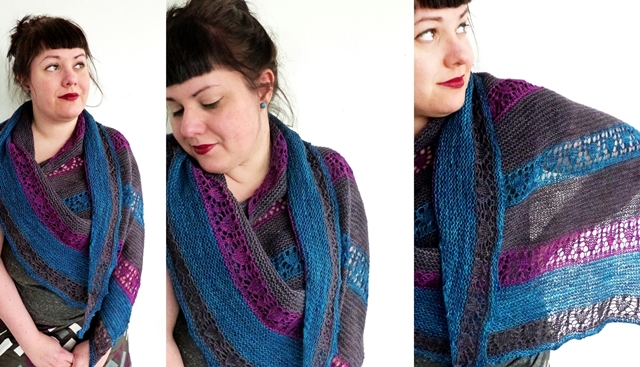
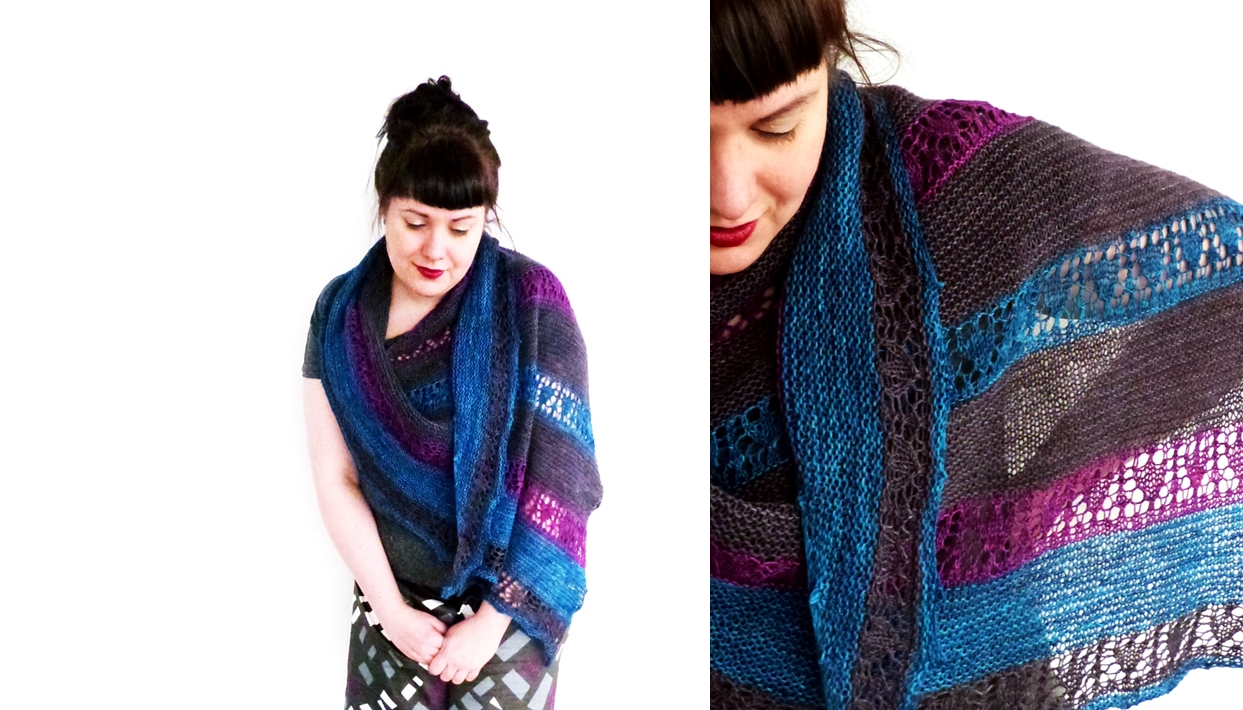
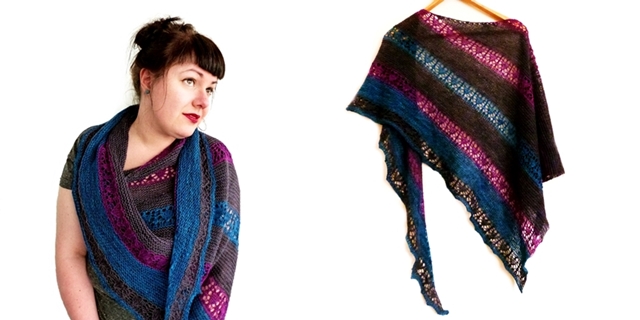
 The first artist in my Authors & Artists series is Frances Macdonald McNair (1873-1921). She was born in England and attended the prestigious
The first artist in my Authors & Artists series is Frances Macdonald McNair (1873-1921). She was born in England and attended the prestigious 



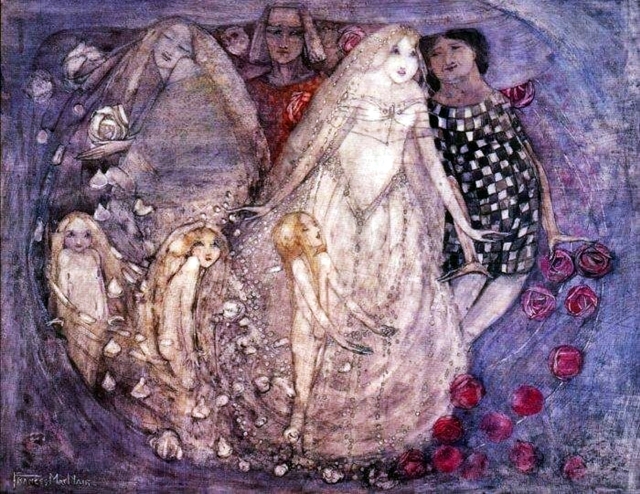 This is an image by
This is an image by 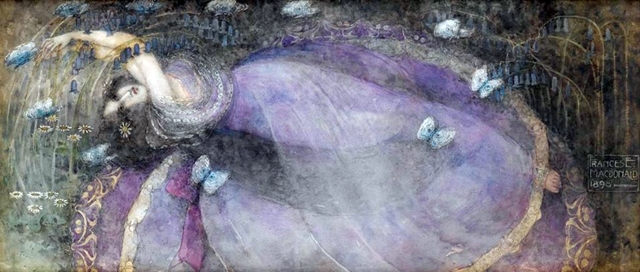
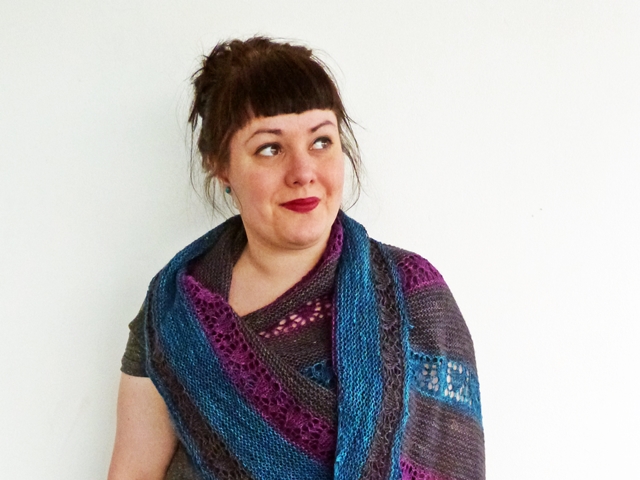 Happier times ahead. We had a photo shoot yesterday for this asymmetrical shawl knitted in three colours of
Happier times ahead. We had a photo shoot yesterday for this asymmetrical shawl knitted in three colours of 